Unusual Cheeses and Strange Traditions
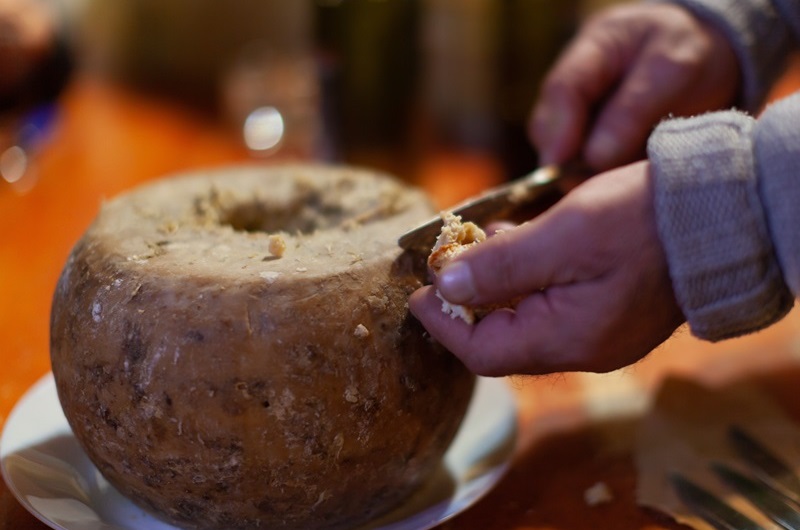
Cheese is one of the oldest foods in human history so it’s not surprising that over time, cheese has developed and evolved, sometimes in surprising directions… We have taken a look at some of the world’s most unusual cheese, as well as strange traditions where people have taken their love of cheese to the next level.
Sardinian Casu Marzu
This is one cheese tradition we think should perhaps have been forgotten over the years…! In Sardinia there is a cheese that contains, and is eaten with, maggots. It starts with a simple Pecorino.
Casu Marzu is created by leaving whole Pecorino Sardo cheeses outside with part of the rind removed, to allow the eggs of the cheese fly to be laid in the cheese. The acid from the maggots’ digestive system breaks down the fats and makes the texture of the cheese very soft. By the time it is ready for consumption, a typical Casu Marzu will contain thousands of these maggots. Incredibly, this cheese is considered at it’s best when the maggots are still alive. Indeed, Sardinian aficionados consider the cheese to be unsafe to eat when the maggots in the cheese have died.
The larvae in the cheese can launch themselves for distances up to 15 centimetres when disturbed, so diners hold their hands above their food to prevent the maggots from leaping. Those who prefer not to ingest the maggots place their cheese in a sealed bag, starving the maggots of oxygen. Like a bag of popcorn on heat, this makes a “pitter-patter” sound in the bag as the maggots jump and writhe. So it’s only when the bag stops making any noise that you know your cheese is safe to eat. This unusual cheese is considered an aphrodisiac by locals, (but is now illegal). Would you try it?
Pule Cheese – The Most Expensive Cheese In The World
Pule cheese is the most expensive cheese in the world at over £1000 per kilo. That is because it comes from the milk of endangered Balkan donkeys. And to make enough milk from an endangered species is a tough ask, as it takes almost 25 litres of Donkey’s milk to produce just one kilo of Pule.
This unusual cheese is made from a single donkey farm in Zasavica, near Belgrade in Serbia, from a herd of just 100 donkeys. It produces a crumbly white cheese, similar to feta, and has a smoked flavour. It is prized all over the world, with top-end restaurants using the cheese in decadent dishes.
May Day Cheese Rolling
The British event of cheese rolling has been held since the 14th century, and it started in the village of Randwick in Gloucestershire. Traditionally at dawn on May Day, three wheels of cheese were decorated and then carried ceremoniously to the village churchyard, where the cheeses would be rolled three times around the old church. The procession continued on to the village green, where the villagers would then sample a piece of the dairy.
This unusual cheese tradition evolved into the cheese-rolling event we know today. There is a ‘Wap Mayor’ and ‘Wap Queen’ who lead the procession, with the ‘Wap Mayor’ being dunked in the village pond along the way. The event ends with a double Gloucester cheese being rolled (and chased) down 180m long ‘Cooper’s Hill’, whilst the villagers watch, presumably eating cheese. This year’s event will be on May 27th (Coopers Hill, Gloucestershire).
Vacherin Mont d’Or Festival
Every September, the villagers of Les Charbonnières in Vallée de Joux hold an entire festival dedicated to one, remarkable cheese – Vacherin Mont d’Or. It starts with a procession of the Montbeliard herd, adorned with flower headdresses and huge bells, who descend into the village amongst the call of alphorns, yodelling and country music. This is where the first cheese of the season is tasted, alongside a glass of wine.
Vacherin is indeed a very special cheese, so well worth celebrating. The cows graze in fields of herbs and flowers on the luscious Jura mountains, which gives the milk a particularly wonderful aroma and richness. The milk is normally used to produce Comte or Gruyere, but in the winter months the quantities needed for production become insufficient, so the herd comes down from the mountain and the milk is used to manufacture Vacherin. It’s only available for half the year, and only a limited amount is produced for the whole world to enjoy.
A Korean Cheese-Themed Park
The South Koreans love their cheese so much, they have created a cheese-themed theme park. This 32-achre fun park in Imsil-Gun is dedicated to all things cheese. The park boasts giant cheese-shaped buildings, a swiss-style toboggan ride that takes you past the goats and into Cheese Playland, which has various cheese-based cartoon statues. The park also has “cheese experience” centres where you can make cheese, see cheese being processed, understand the science behind it, and of course, eat it.
The Korean’s love for cheese is relatively modern, with it being introduced in 1958 by a Belgian priest who came to Imsil as a missionary, raised his own goats and started to make his own cheese. The governor of Imsil asked him to teach the skill to the whole community, and so Imsil became cheese mecca in South Korea. Now cheese consumption per capita has doubled over the past ten years, with popular Korean restaurant chains adding cheese to everything from kimchi stews to fried chicken.
Rainbow Cheese – Modern Cheese Tradition
Less of a tradition and more of a modern trend, rainbow cheese is growing in popularity across the Asian markets. It started in Thailand by an eatery called ‘Happy Cheese Toast’ in Bangkok, but it has been embraced across China and Japan. It started with simple food colouring added to different types of cheese including mozzarella, gruyere and Swiss cheese. Added to grilled bread and toasted, it pulls apart revealing a magnificent rainbow.
It has taken social media by storm and now enthusiasts are experimenting with flavoured cheeses such as basil, tomato and lavender.
1 thought on “Unusual Cheeses and Strange Traditions”
You must be logged in to post a comment.


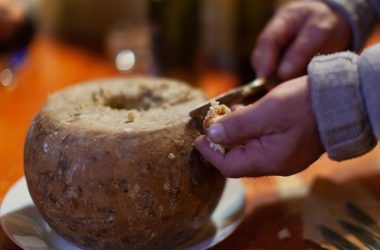
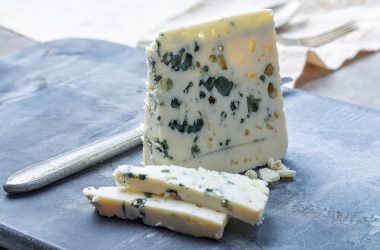

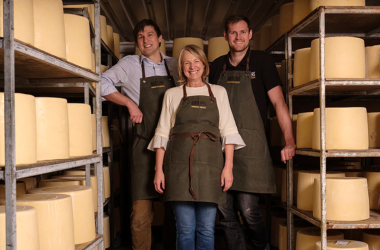
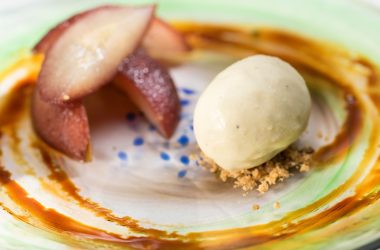
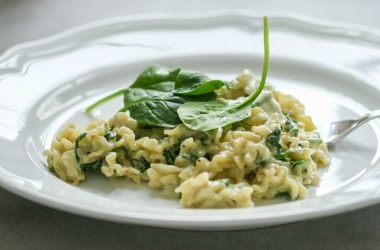

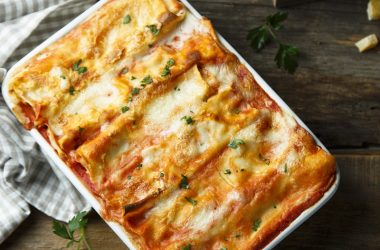
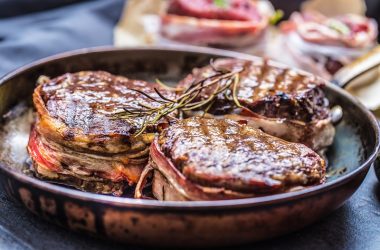
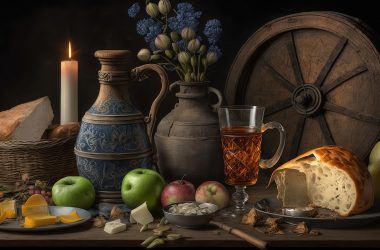
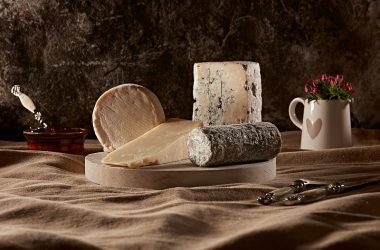
They also have cazu martzu in Sicily